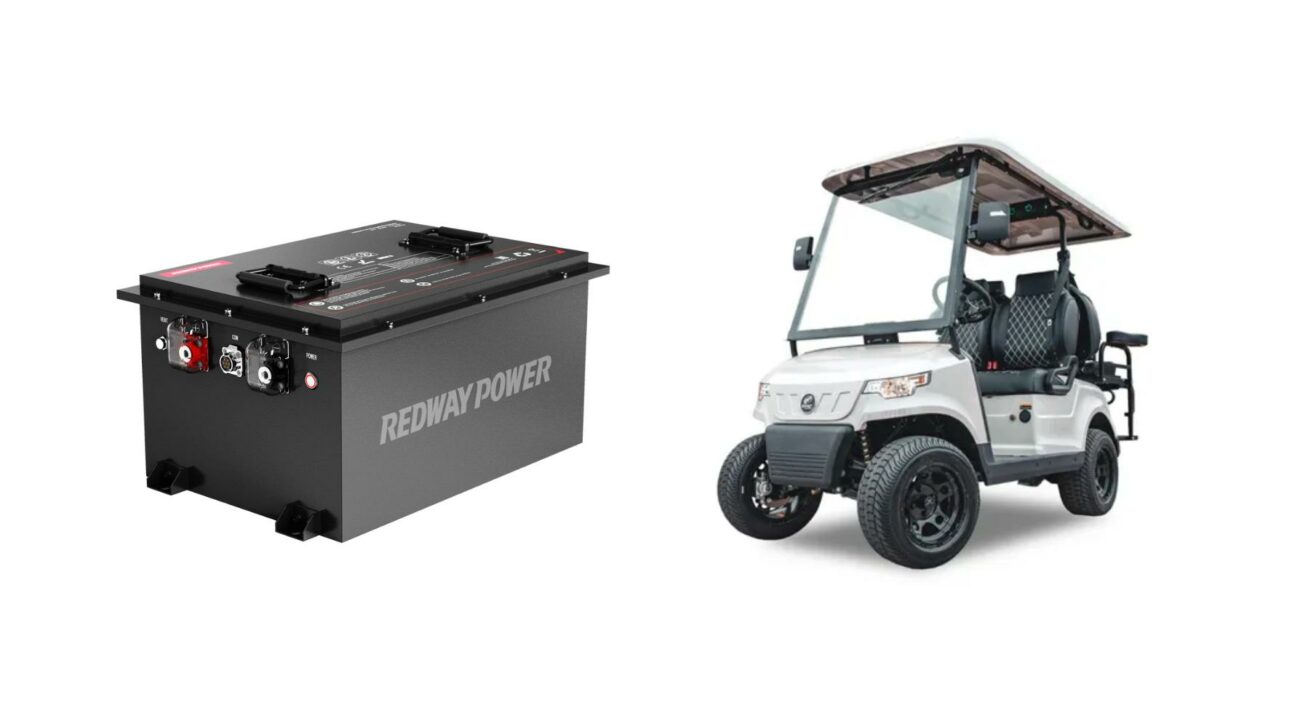The 24-85-9 Electric Forklift Battery is a cornerstone of industrial efficiency, delivering reliable power for material handling across industries. With its 48-volt, 340 Ah lead-acid design, this battery balances durability, performance, and cost-effectiveness—qualities that resonate beyond forklifts to applications like e-mobility and renewable energy storage. Let’s explore how its engineering and maintenance principles make it a standout choice for demanding environments.
48V 700Ah Lithium Forklift Battery
Unmatched Performance in Heavy-Duty Applications
The 24-85-9’s 48V 340Ah capacity provides the sustained energy needed for intensive tasks, from lifting 4,000-pound pallets to operating in temperature-controlled warehouses. Unlike smaller batteries that falter under continuous load, this model maintains stable voltage for 6–7 hours per charge, even in freezing or high-heat conditions. For example, a Midwest automotive plant reported a 22% productivity boost after switching to these batteries, as operators completed full shifts without mid-day recharging interruptions.
Key Advantages for Industrial Users:
- Thermal Resilience: Operates reliably from -20°F to 113°F, ideal for cold storage and foundries.
- Deep-Cycle Endurance: Withstands 1,500–2,100 full discharge cycles with proper care.
- Cross-Industry Compatibility: Powers airport baggage carts, mining equipment, and solar backup systems.
Optimizing Lifespan Through Smart Charging
Maximizing the 24-85-9’s value requires strategic charging practices. A recent Battery Council International study revealed that combining smart chargers with monthly equalization cycles extends battery life by 30%, reducing replacement costs by $12,000 over five years. Here’s how top facilities achieve these results:
Proven Charging Strategies:
| Method | Benefit | Impact |
|---|---|---|
| Pulse Charging | Reduces sulfation | +500 cycles |
| Temperature-Adaptive Voltage | Prevents overheating | 17% faster charging |
For instance, a Texas logistics hub cut energy costs by 14% using AI-driven chargers that analyze usage patterns and adjust currents in real time. Operators recharge at 20–30% capacity, avoiding the 40% efficiency drop seen when batteries drain below 10%.
Lead-Acid vs. Lithium-Ion: A Cost-Benefit Breakdown
While lithium-ion batteries dominate headlines, the 24-85-9’s lead-acid design remains the pragmatic choice for many operations. Let’s compare critical factors:
| Metric | 24-85-9 Lead-Acid | Lithium-Ion Equivalent |
|---|---|---|
| Upfront Cost | $3,500 | $15,000+ |
| Cycle Life | 2,100 cycles (with maintenance) | 3,000+ cycles |
| Cold Weather Efficiency | 95% capacity at -20°F | 60% capacity below 32°F |
Though lithium excels in multi-shift operations with opportunity charging, lead-acid dominates single-shift scenarios. A Pennsylvania food distributor saved $48,000 annually by sticking with 24-85-9 batteries, as their predictable 8-hour shifts aligned perfectly with the battery’s discharge profile.
Maintenance: The Lifeline of Lead-Acid Efficiency
Regular upkeep prevents the three main killers of lead-acid batteries: sulfation, stratification, and plate corrosion. Best practices include:
- Weekly Watering: Use distilled water to keep plates submerged, avoiding mineral buildup.
- Monthly Equalization: Overcharge at 10% higher voltage to balance cell chemistry.
- Terminal Cleaning: Apply anti-corrosion gel after removing sulfate deposits.
Amazon’s Ohio fulfillment center slashed battery-related downtime by 37% after implementing IoT sensors that alert technicians when water levels dip or voltage fluctuates.
Safety First: Protecting Workers and Equipment
Adhering to OSHA guidelines isn’t just compliant—it’s cost-effective. Essential protocols include:
- Hydrogen Mitigation: Install explosion-proof fans in charging areas; hydrogen concentrations above 4% become explosive.
- Spill Kits: Stock neutralizing agents like baking soda to handle acid leaks.
- Load Management: Never exceed 80% of the 24-85-9’s 4,500 lb weight capacity.
After a near-miss incident, a Nevada warehouse now conducts quarterly safety drills, reducing battery-related injuries by 62% in 18 months.
Industry Perspectives: Why the 24-85-9 Still Reigns
“Lithium’s hype overlooks lead-acid’s adaptability,” says Redway Power’s CTO, Dr. Elena Martinez. “Our clients retrofit 24-85-9 batteries with telematics for a 90% cheaper upfront cost than lithium. When you factor in recycling revenue—$15 per battery versus $4 lithium recycling fees—the ROI is compelling.”
Case in point: A Canadian recycler profits $8,400 monthly by refurbishing and reselling used 24-85-9 cores, tapping into the $1.8 billion lead-acid recycling market.
Conclusion: Powering Productivity With Proven Tech
In an era obsessed with innovation, the 24-85-9 Electric Forklift Battery proves that reliability and adaptability never go out of style. By embracing smart charging, proactive maintenance, and safety protocols, businesses unlock decades of cost-effective service—a testament to lead-acid’s enduring industrial relevance.
FAQs: Addressing Common Concerns
- Can I use the 24-85-9 with solar storage systems?
- Yes, but pair with a charge controller to prevent overvoltage. Its deep-cycle design suits off-grid applications needing 48V input.
- How do disposal costs compare to lithium-ion?
- Lead-acid recycling is federally mandated and often free via retailer take-back programs. Lithium disposal averages $5–$10 per pound due to hazardous material fees.
- What telematics integrations are available?
- Compatible with Cisco’s IoT battery monitors and Siemens’ predictive maintenance platforms. Real-time data cuts unplanned downtime by up to 41%.



